First off, a shout out to the English teacher who made me learn the word “onomatopoeic” at school because I’m about to use it in a real sentence – for only the second time in 62 years. Ready? Here goes:
We all know about the cuckoo, whose onomatopoeic name derives from its well-known call. Interestingly, the cuckoo only ‘cuckoos’ here, in Britain. It’s a mating call, and the bird doesn’t use it for the rest of its year in Africa. I have no idea what they call it down there: “bird with a barred chest that doesn’t say much”, maybe? But we all also know the cuckoo for its lazy, perhaps even cruel, parenting style. The cuckoo deliberately lays its eggs in the nest of another species – often a meadow pipit – and lets them do the job of raising its young. It’s striking to me that the bird uses the nests of much smaller species, as if it wants to keep the surrogate parents so frantically busy trying to feed their much bigger offspring that they don’t have time to notice that it’s enormous. Do parent pipits feel proud, I wonder? Do they go around telling other pipits “you should see the size of our Henry!” But I digress.
The cuckoo is not the only species that lets others do its parenting. In fact, we have many cuckoos out there. It’s a surprisingly common practice. And some of our cuckoo species are particularly nasty. Not only do they let others raise their young, but they let their young feed off the young of the host species. I’ve written previously about the large blue butterfly, a cuckoo of red ant nests, where the butterfly caterpillar will eat the gubs of the red ants who are unwittingly hosting it. But yesterday I finally saw a species I’ve wanted to see for a long time, one that combines beauty and ugliness in equal measure: the ruby-tailed wasp.
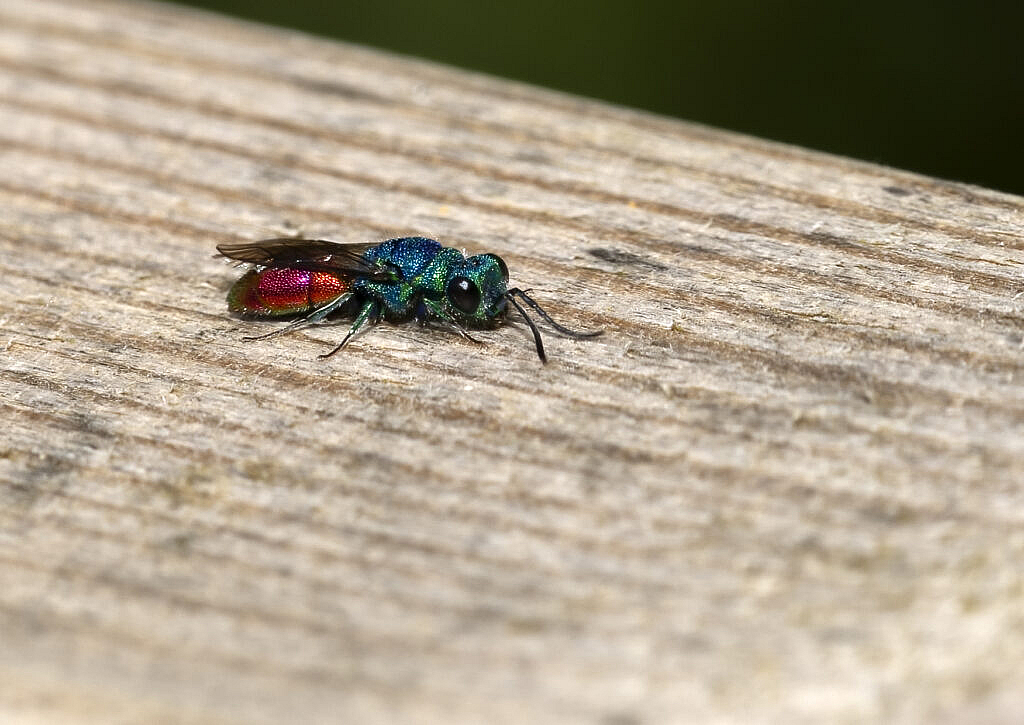
This diminutive wasp, barely a centimetre long, may be stunningly beautiful, but it is also a cuckoo. I found it watching a mason bee. The mason bee had found a hole in an old fence post where a bolt had fallen out, and was examining it. It made repeated journeys to it, so I’m fairly sure it had started the process of setting up its nest there. Like many of our bees, the mason bee is a “solitary” bee. It doesn’t hang around in a hive. This sister is doing it for herself – just her, alone. She will find a suitable hole – typically in the crumbling mortar of a brick wall – and lay her eggs in that, provisioning them with stores of food before sealing the nest off from the wind and rain of winter. She will then die, and her offspring will never meet her. And that’s if things go well . Because the ruby-tailed wasp is watching her, and carefully biding her time.
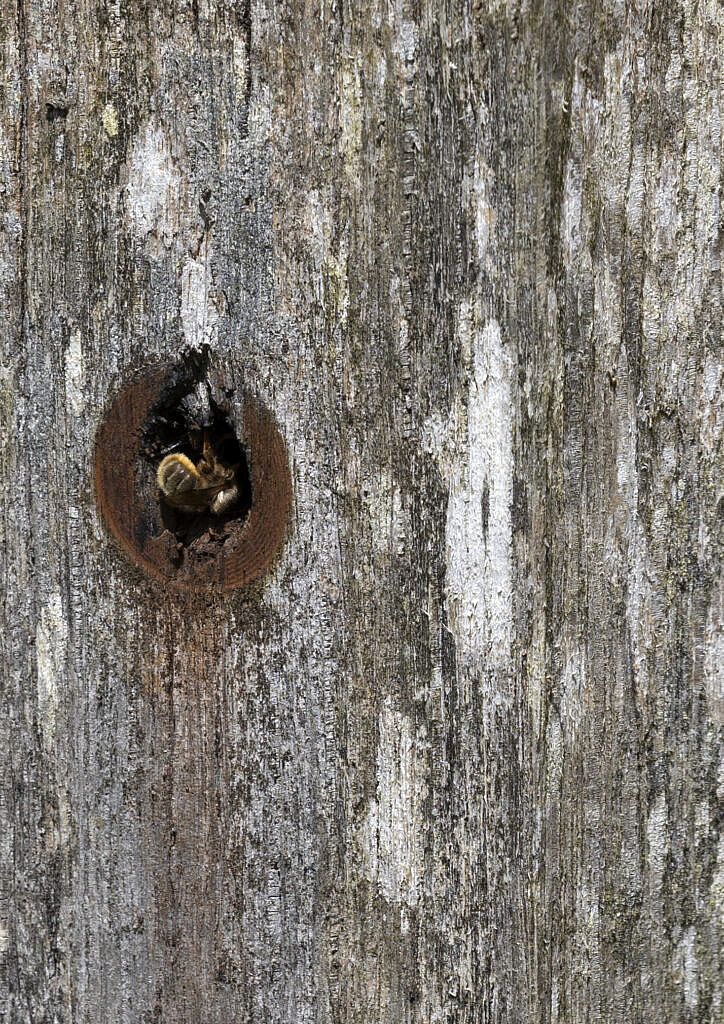
The wasp needs to choose a moment after the eggs are laid and before the mason bee seals the nest to fly in, and lay her own eggs. The mason bee will then seal the nest, never knowing (or at least, I hope never knowing) that her offspring will be eaten alive by the ruby-tailed wasp’s own grubs. This is the nasty end of cuckooing, and it is surprisingly common. Britain has 26 species of bumblebee, for example, and six of them are cuckoos, laying their eggs in the nests of other bumblebee species. It is the same across the rest of Britain’s wasp and bee species. In fact, almost a quarter of all Britain’s 270 bee and wasps species are cuckoos. Yet that does not seem to be the case – as far as I can tell – with our social bees and wasps. Sneaking in when mum is away is easy to do when mum is a single parent, but sneaking into a nest with hundreds of heavily-armed co-parents around is something else again. Which makes me wonder if the widespread cuckooing of our solitary bee and wasp species is one factor which drove the evolution of the ‘social’, colony-forming bee and wasp. I’ve sat amongst a cloud of Ivy mining bees, a solitary bee that nonetheless chooses to nest in close proximity to other ivy mining bees, and in the UK at least, these bees don’t have a cuckoo parasite. It isn’t much of a stretch to move from many single nests close together to a colony nest. It’s something I’ll have to look into, but for now I’m going to wallow in finally seeing the terribly cruel and stunningly beautiful ruby-tailed wasp. It was, I feel, well worth waiting for.
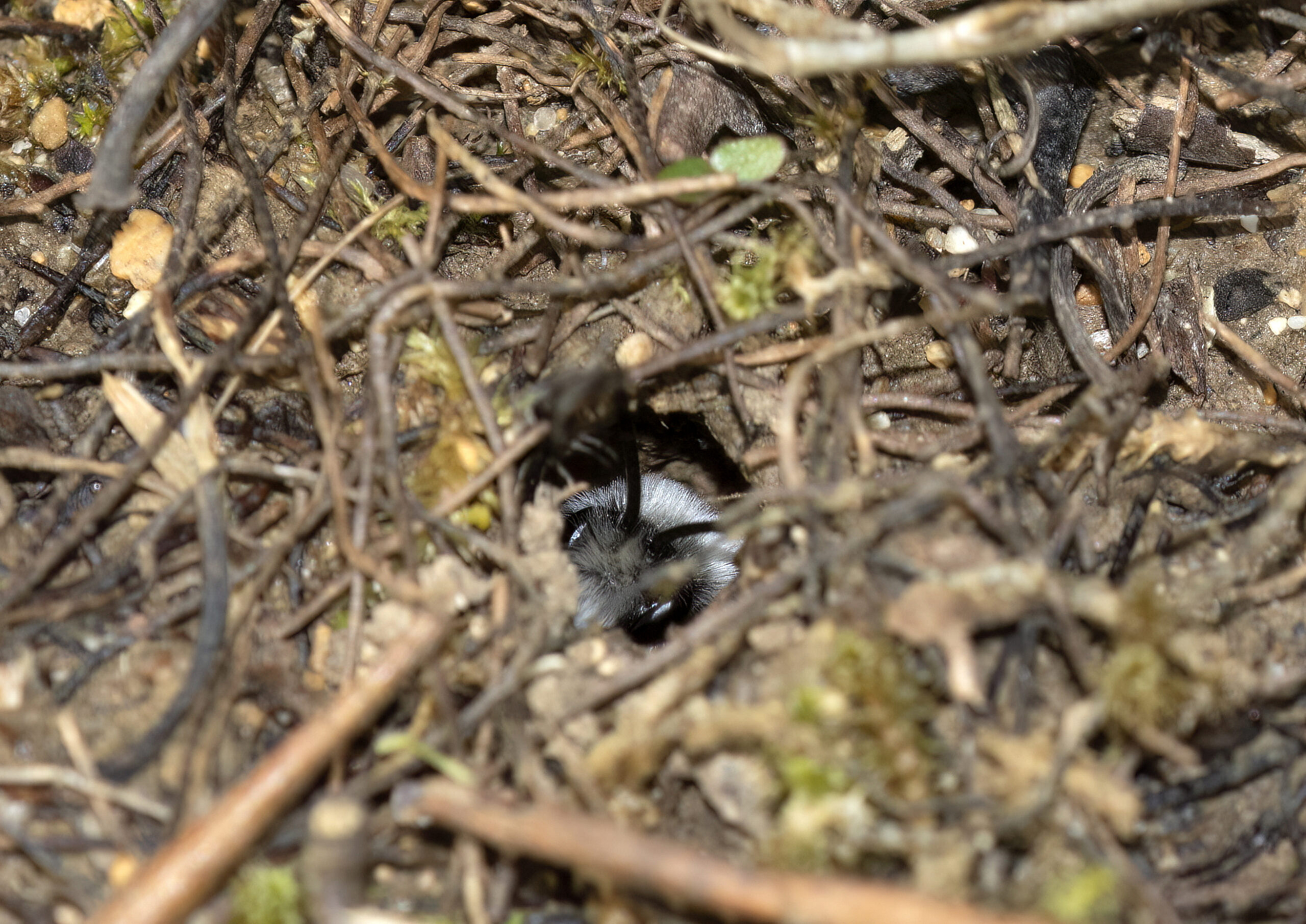
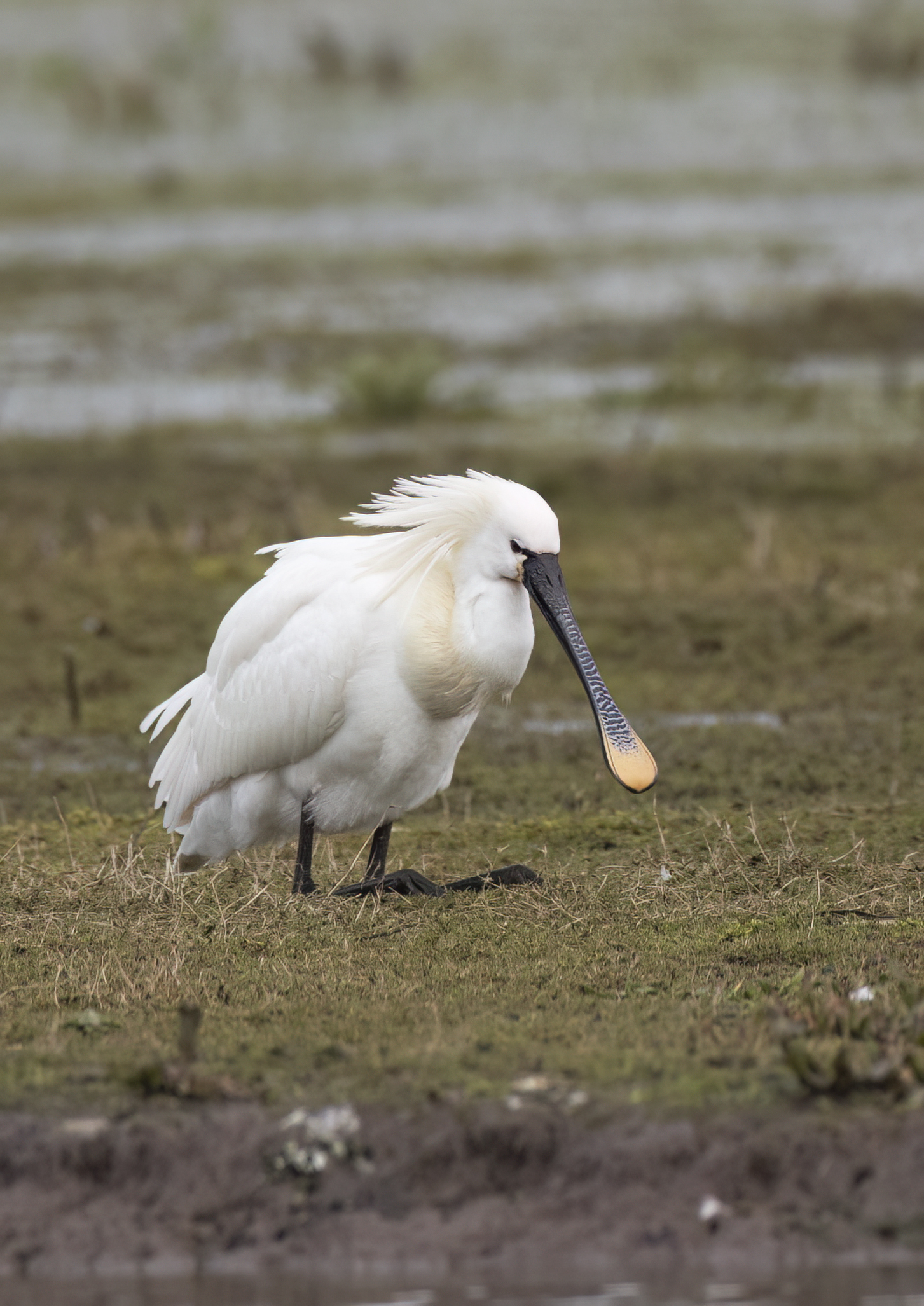
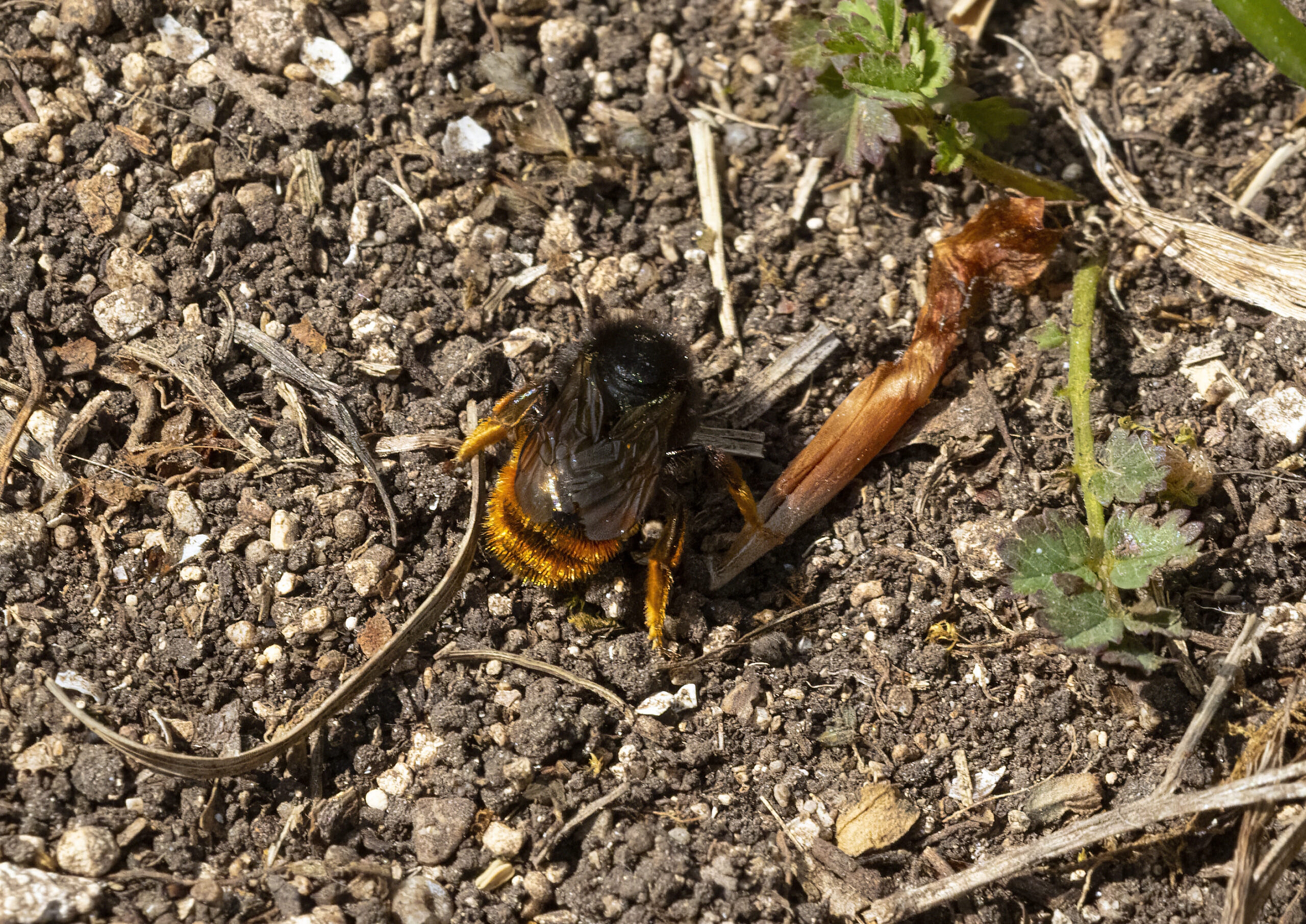



Social Profiles